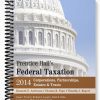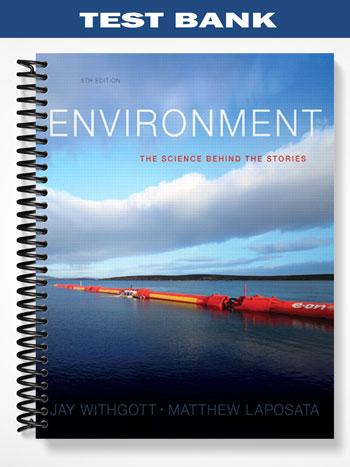Test Bank for Environment The Science behind the Stories 5th Edition by Withgott
$25.00
Complete downloadable Test Bank for Environment The Science behind the Stories 5th Edition by Withgott. INSTRUCTOR RESOURCE INFORMATION
TITLE: Environment The Science behind the Stories
RESOURCE:Test Bank
EDITION: 5th Edition
AUTHOR: Withgott, Laposata
PUBLISHER: Pearson
Download sample
Description
Complete downloadable Test Bank for Environment The Science behind the Stories 5th Edition by Withgott. INSTRUCTOR RESOURCE INFORMATION
TITLE: Environment The Science behind the Stories
RESOURCE:Test Bank
EDITION: 5th Edition
AUTHOR: Withgott, Laposata
PUBLISHER: Pearson
Table of content
1. Science and Sustainability: An Introduction to Environmental Science
2. Earths Physical Systems: Matter, Energy, and Geology
3. Evolution, Biodiversity, and Population Ecology
4. Species Interactions and Community Ecology
5. Environmental Systems and Ecosystem Ecology
6. Ethics, Economics, and Sustainable Development
7. Environmental Policy: Making Decisions and Solving Problems
8. Human Population
9. Soil and Agriculture
10. Agriculture, Biotechnology, and the Future of Food
11. Biodiversity and Conservation Biology
12. Forests, Forest Management, and Protected Areas
13. The Urban Environment: Creating Sustainable Cities
14. Environmental Health and Toxicology
15. Freshwater Systems and Resources
16. Marine and Coastal Systems and Resources
17. Atmospheric Science, Air Quality, and Pollution Control
18. Global Climate Change
19. Fossil Fuels, Their Impacts, and Energy Conservation
20. Conventional Energy Alternatives
21. New Renewable Energy Alternatives
22. Managing Our Waste
23. Minerals and Mining
24. Sustainable Solutions
[embeddoc url=’https://etestbanks.net/pdf_samples/Test_Bank_for_Environment_The_Science_behind_the_Stories_5th_Edition_by_Withgott_sample_chapter.pdf’]







